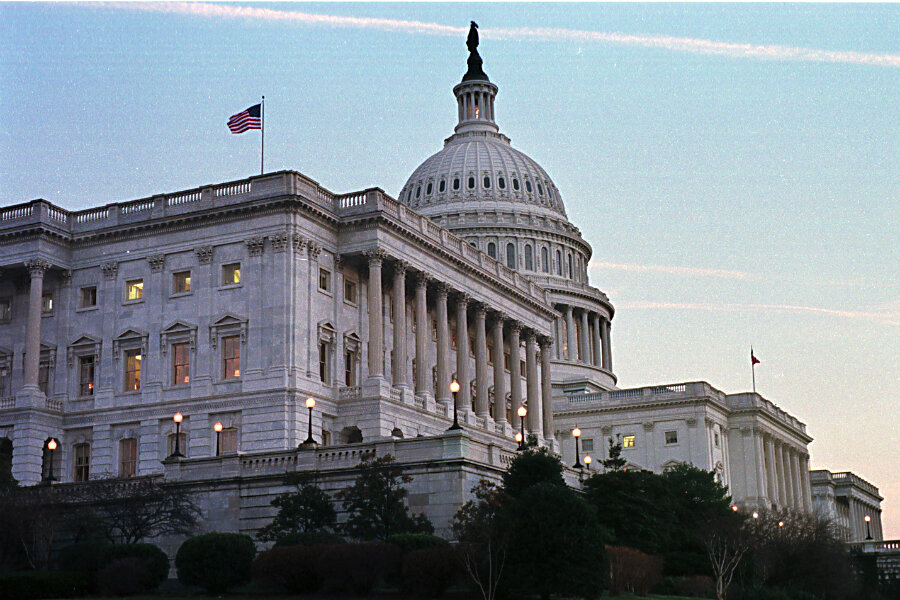Is Washington D.C. sinking? How the city can adapt to flooding
Loading...
Washington D.C. is sinking and growing more flood-prone faster than anywhere else on the East Coast, a new study reveals.
An international team of geologists have found that the land under Chesapeake Bay is expected to fall 6 inches or more during the next 100 years.
“This falling land will exacerbate the flooding that the nation’s capital faces from rising ocean waters due to a warming climate and melting ice sheets –accelerating the threat to the region’s monuments, roads, wildlife refuges, and military installations,” the University of Vermont announced in releasing the findings Tuesday.
The researchers, however, say that DC’s sinking land is not primarily driven by human influence, such as groundwater withdrawals or climate change “but instead is a long-term geological process that will continue unabated for tens of thousands of years, independent from human land use.” They call the phenomenon “forebulge collapse," which refers to the geological ups and downs that have been occurring unnoticed since the last ice age.
In 2012, an expert panel convened by the National Oceanic and Atmospheric Administration reached a conclusion that by the end of the 21st century, we could see sea-level rise of as much as six feet globally.
Ben DeJong, the lead author on the new study, has called on the city to make preparations for the rising sea level before it’s too late. “Right now is the time to start making preparations,” Dr. DeJong said.
“Six extra inches of water really matters in this part of the world,” DeJong said. “It’s ironic that the nation’s capital – the place least responsive to the dangers of climate change – is sitting in one of the worst spots it could be in terms of this land subsidence. What’s next? Forebulge denial?”
There have been noticeable efforts by some low-lying cities across the world preparing for effects of rising sea levels. Cities such as London, Rotterdam, St. Petersburg, New Orleans, and Shanghai have all built levees and storm barriers in the past few decades to control floods.
The Netherlands, which is a geographically low-lying country, utilizes a system of surge barriers, dams, locks, and dikes along the seafront and at the mouths of rivers for flood protection.
In 2008, New Orleans constructed a surge barrier stretching nearly two miles along Lake Borgne to protect the eastern part of the city from surging storm water that did so much harm during Hurricane Katrina. When Hurricane Isaac made a land in 2012, USA Today reported that the New Orleans surge barrier safeguarded the city from the massive storm.







